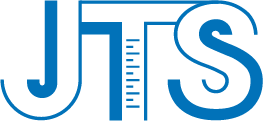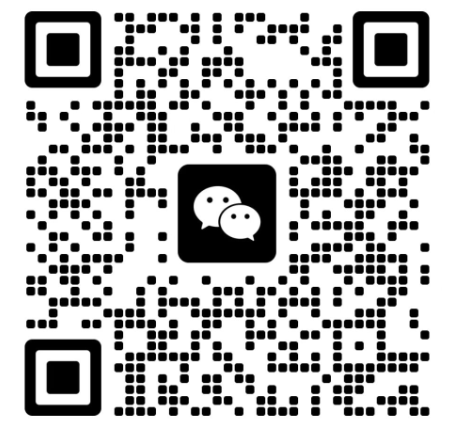Light industry grocery inspectionProduct
Your Location:Home > Light industry grocery inspectionEN 15493, whose full title is "Candles - Specification for fire safety", primarily specifies fire safety requirements and test methods for candles intended to be burned in indoor environments.
1. Applicable Candle TypesThis standard covers single-wick candles with a net weight typically not exceeding 250 grams, including:
•Indoor Candles: Designed for use inside houses or buildings under typical indoor conditions (ventilation, airflow, and temperature).
•Floating Candles: Intended and designed for use in bowls or containers filled with water.
•Non-free Standing Candles: Require a support or candlestick.
•Free-standing Candles: Can stand upright on their own.
•Aromatherapy candles, container candles (e.g., in jars), tea lights, etc., generally also need to comply with this standard.
2. Main Test Items and Limit RequirementsEN 15493 assesses the fire safety of candles through a series of tests. The main test items and their corresponding limit requirements are summarized below:| Test Item | Test Purpose | Limit Requirement |
| Burn Time Test | Evaluate the burning performance of the candle within a specified time to avoid excessive smoke or harmful substances. | Candles of different types and sizes must meet corresponding burn time standards to ensure complete combustion. |
| Stability Test | Assess the stability of the candle while burning to prevent tipping orexcessive swaying that could cause a fire. | The candle must remain stable and not tip over during normal burning and when subjected to certain external disturbances. Flame height and sway amplitude are observed. |
| Secondary Ignition Test | Evaluate whether the candle can ignite nearby flammable materials if itaccidentally tips over. | When simulating an accident (e.g., tipping), the candle must not ignite nearby flammable materials (e.g., standard white copy paper). |
| Material Safety Test | Ensure that the raw materials of the candle do not contain substancesharmful to human health. | Use chemical analysis and other methods to detect the content of heavy metals, toxic substances, etc., which must not exceed the limits set by relevant safety standards. |
| Self-Extinguishing Test (For candles claiming "self-extinguishing") | Verify whether the candle can extinguish itself under specific conditions. | Free-standing self-extinguishing candles: Must self-extinguish at the end of the burn period and must not ignite the paper below or cause any burn marks throughout the test. Non-free-standing self-extinguishing candles: Candles with diameter ≤14mm must self-extinguish when the residual height is ≥12mm; other candles must self-extinguish when the residual height is ≥18mm. |
| Afterglow/After-smoke Time Test | Measure the duration the wick continues to glow or smoke after the flame is extinguished. | The average duration of wick glow or smoke after extinguishing must not exceed 30 seconds. |
1)Mandatory Safety Information and Warnings:The standard requires that candle labels must include clear safety warnings, typically in the language of the country of sale. Mandatory safety information mainly includes:
•"Keep away from flammable materials."
•"Keep out of reach of children."
•"Never leave burning candles unattended."Additionally, it may include supplementary information such as "Use a heat-resistant candle holder," "Do not burn in a draught," and "Trim wick to X cm."
2)Product Safety Labeling Specification (EN 15494):Closely related to EN 15493 is EN 15494 (Candles - Product safety labeling). It specifies the content, design, and format of safety labels:
•Warning symbols (e.g., the exclamation mark in a triangle) must comply with the ISO 7010 standard.
•Supplementary safety information (text or symbols) should be placed below and/or to the right of the warning symbol, with a contrasting background.
•The height of the safety symbol shall be at least 5 mm, and the text shall be clear and legible.
3)Relationship with the General Product Safety Directive (GPSD):In the EU market, besides complying with harmonized standards like EN 15493, candles must more importantly adhere to the fundamental principles of the General Product Safety Directive (GPSD). This means producers and importers have the responsibility to ensure their candle products are safe, must conduct a comprehensive risk assessment, and take all necessary measures to prevent their products from posing risks to consumers.
J-Testing is a CNAS, CMA, and CPSIA accredited laboratory, committed to providing global clients with professional third-party testing, consulting services, and cross-border certification assistance.






 Our Service
Our Service
